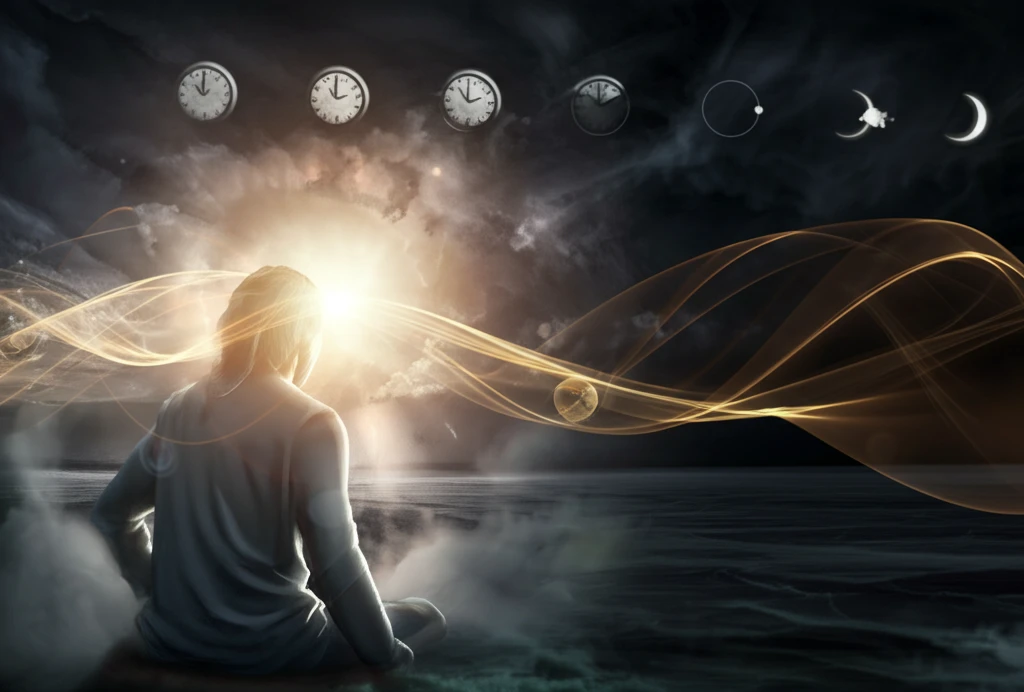
Sleepless Nights? Unlocking the Secrets of Light Therapy for Delayed Sleep Phase Disorder
"Explore how light therapy offers a clinical perspective for resetting your sleep schedule and improving overall wellness. Discover tips for adolescents and adults!"
In our fast-paced, 24/7 society, a good night’s sleep often feels like a luxury. For many, the struggle is real, especially those battling Delayed Sleep Phase Disorder (DSPD). DSPD isn't just occasional sleepiness; it's a persistent misalignment between your natural sleep-wake cycle and the demands of daily life. This condition, common among adolescents, can lead to chronic sleep deprivation, impacting mood, performance, and overall health.
Light therapy has emerged as a promising, non-invasive treatment for DSPD, offering a way to gently nudge the body's internal clock back into sync. Understanding how light influences our circadian rhythms is key to unlocking the potential of this therapy. From the science behind circadian rhythms to practical tips for using light effectively, this guide will provide a comprehensive overview of light therapy for DSPD.
Whether you’re an adolescent struggling with school, a college student juggling late-night study sessions, or an adult seeking a more regular sleep schedule, light therapy might be the key to unlocking restful nights and energized days. Let's explore the science and practical applications of light therapy and how it can help you reclaim your sleep.
Understanding the Science Behind Light and Sleep

Our bodies operate on roughly 24-hour cycles known as circadian rhythms. These rhythms govern various physiological processes, including sleep, hormone release, and body temperature. Light is the primary cue that synchronizes our circadian clock to the Earth's daily cycle. Special cells in the retina detect light and send signals to the brain's master clock, the suprachiasmatic nucleus (SCN), which regulates these rhythms. When light exposure is irregular or insufficient, our circadian rhythms can become misaligned, leading to sleep disorders like DSPD.
- Genetic Predisposition: Some individuals may be genetically predisposed to having longer circadian cycles.
- Insufficient Light Exposure: Lack of morning light exposure can weaken the signal that advances the circadian clock.
- Excessive Evening Light: Exposure to artificial light in the evening, especially blue light from screens, can further delay sleep.
- Behavioral Habits: Inconsistent sleep schedules and late-night activities can reinforce the delayed sleep pattern.
Practical Steps to Reclaim Your Sleep
Light therapy offers a promising pathway to reclaiming your sleep schedule and improving your overall well-being. By understanding the science behind circadian rhythms and strategically using light exposure, you can effectively combat DSPD and achieve restful nights. Whether through dedicated light therapy devices, smart scheduling of screen time, or optimized environmental lighting, the power to reset your internal clock is within reach. Don’t let sleepless nights dictate your life – explore light therapy and rediscover the joys of a well-rested, energized you.
